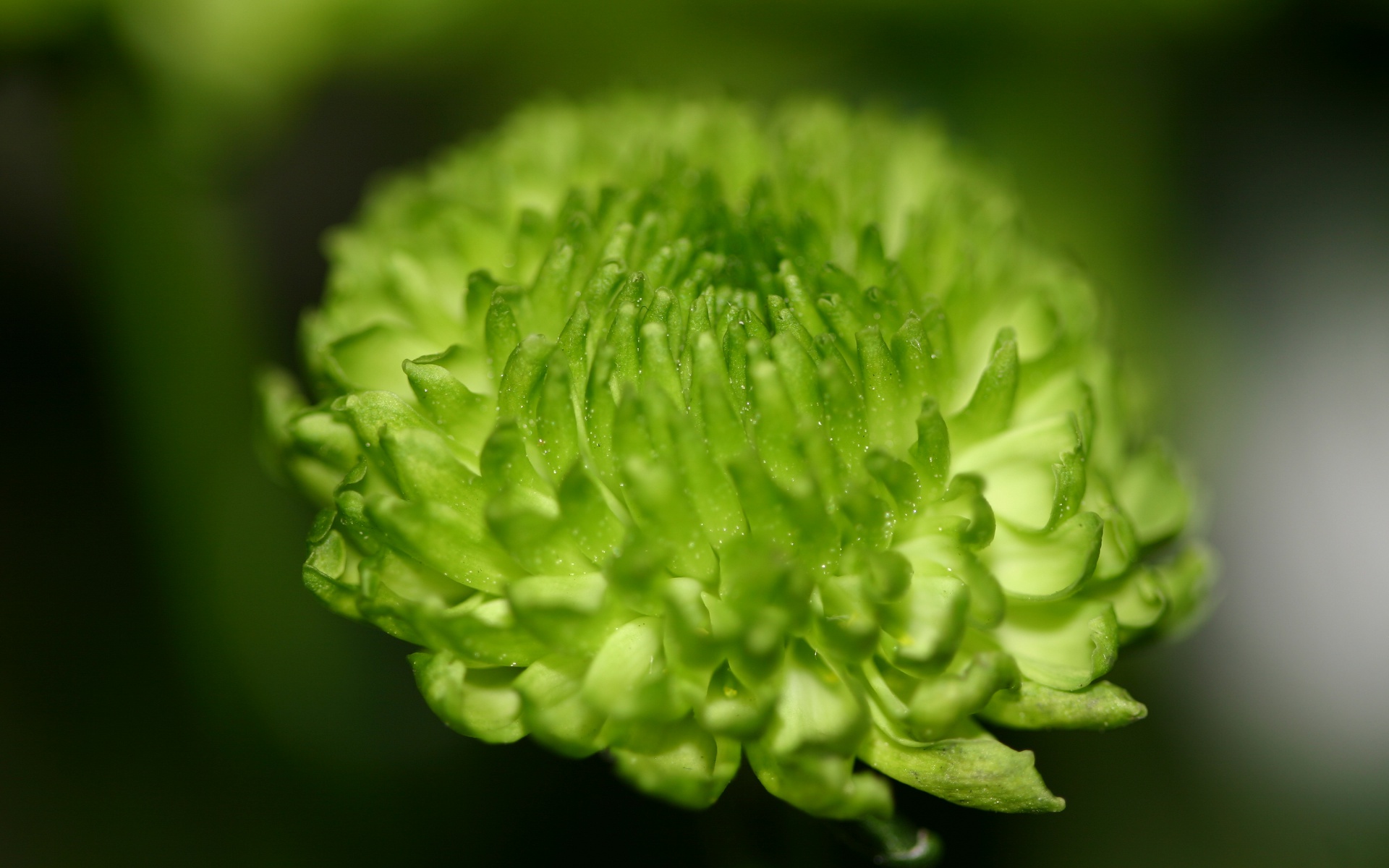There’s something like a curse on me when it comes to Linux installations because nearly every setup I have done in the nearby past was made twice by me. The same happens to my media center. As you may know I was searching for a solution with my vsync problem while watching movies and other videos. After hours of research and being pretty hopeless and without any other idea for soluting my problem I decided to uninstall the Nvidia graphics driver and rebooting the system. I guess you know what happened next – RIGHT – NOTHING. I got a simple black screen.
According to the fact that it was a kind of late and I didn’t wanted to search the root of the problem I decided to reinstall the whole system by using my old /home partition. Well, well, well, that thought was nice but Linux Mint thought differently. First of all the install routine was not able to write into the existing partitions so I had to rearrange the whole system disk with a third-party software. After that the installer told me that he still was not able to write or delete conflicting system files. The solution was to format my old home directory (d’oh). Now the installer was able to start and run the setup routine. The previous problem solving took me nearly one and a half hour. So, the setup was running until the progress bar showed me 93% and then it told me that it was unable to write GRUB into /dev/sda. Actually I don’t have a /dev/sda or a /dev/sdb neither. The solution was to delete /dev/sda and /dev/sdb before running the whole setup routine in a terminal session, the installer was then able to see the correct order and names of my hard drives. Yep, another hour wasted…
Finally I made it to get the whole system running again and the system is running a way better then it was before. nvidia-settings will be applied automatically on startup, I can use screenlets and the whole booting progress is much faster (don’t know what was wrong before). I also decided to let the system install the nvidia proprietary driver and not to install it manually with a “whatever-setting”. So vsync is now enabled by default BUT it still does not work in video playback, but it’s only a matter of time until I find a solution for that problem.

